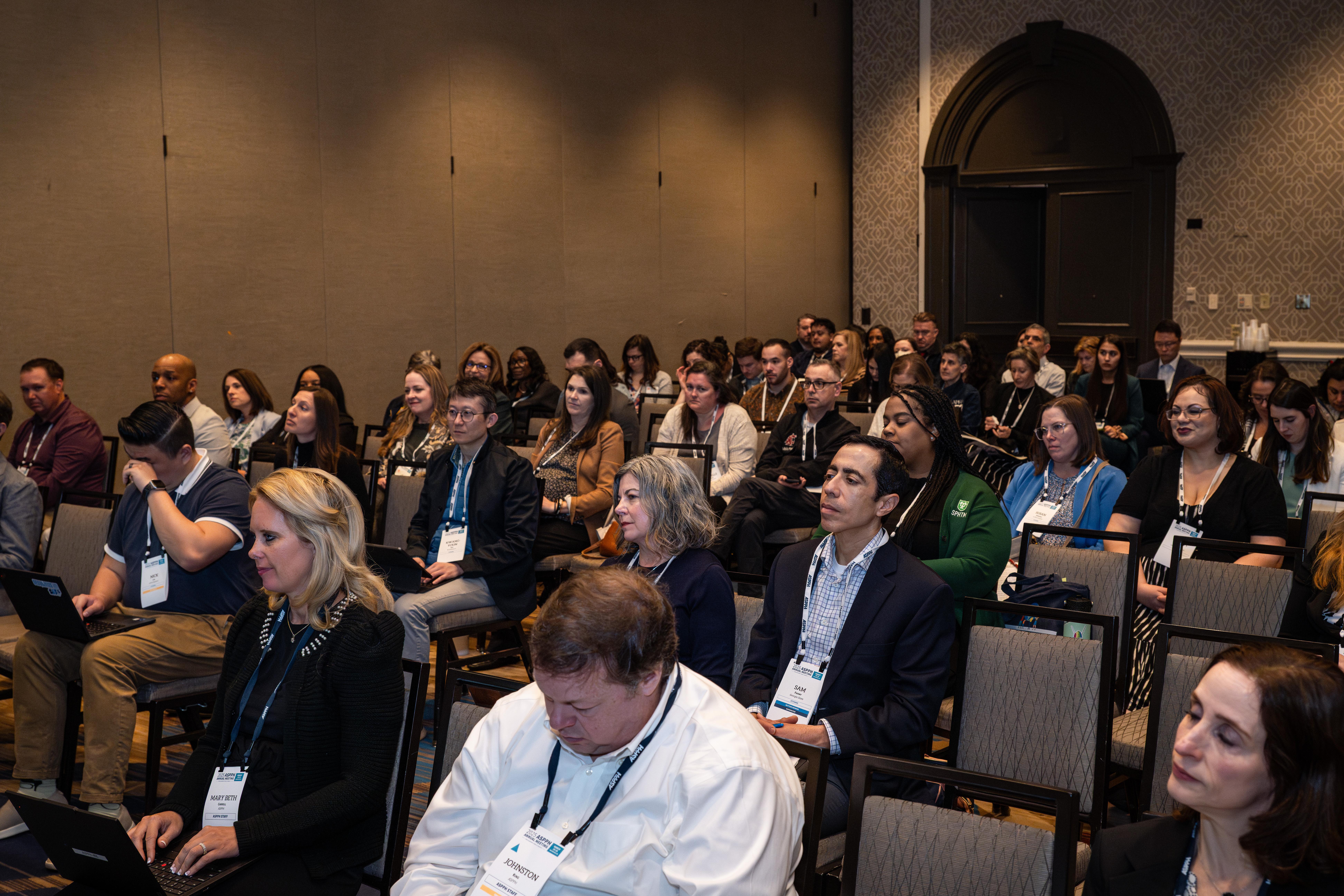Table of Contents
- Understanding Energy Efficiency Grants Available for Nonprofits
- Navigating the Application Process for Energy Efficiency Funding
- Effective Strategies to Maximize Energy Savings with Grants
- Success Stories: How Nonprofits Transformed Their Energy Use
- Building Partnerships for Sustainable Energy Solutions in the Community
- Q&A
- Future Outlook
Navigating the Application Process for Energy Efficiency Funding
Understanding the application process for energy efficiency funding can seem daunting, but breaking it down into manageable steps can simplify the journey. First and foremost, nonprofits should identify available funding sources. This may include government grants, utility incentive programs, or private foundations focused on supporting green initiatives. Resources such as the Department of Energy’s website or local utility companies can provide valuable insights into the funding options tailored for organizations like yours.
Once you have pinpointed your potential funding sources, it’s crucial to develop a comprehensive project plan. This involves outlining your organization’s current energy usage, the specific energy efficiency improvements you intend to implement, and the anticipated outcomes. Engaging stakeholders and community members can add depth to your proposal, showcasing the project’s impact and feasibility. Consider including a detailed budget that highlights both the projected costs and potential savings. Proper documentation is vital, as many funders look for clear metrics and measurable goals.
be prepared for follow-up communication after submitting your proposal. Many funding organizations may require additional information or clarification about your project. It’s advisable to establish a timeline for implementation that aligns with your funder’s expectations. Keeping track of your project’s progress not only aids in accountability but also strengthens your organization’s future funding prospects. Maintain an organized repository of all documents, including past proposals, communications, and reports, which can streamline the application process for subsequent funding opportunities.


Effective Strategies to Maximize Energy Savings with Grants
To truly capitalize on energy efficiency grants, nonprofits should first conduct a comprehensive energy audit. This process highlights areas where energy consumption can be reduced significantly. By identifying high-energy appliances and building infrastructure weaknesses, organizations can prioritize their grant applications to target these specific improvements. Additionally, it sets a baseline for measuring the effectiveness of upgrades post-implementation.
Another effective tactic involves leveraging community partnerships. Collaborating with local businesses, government agencies, or other nonprofits can enhance the impact of energy-saving projects. By pooling resources, organizations can access more funding options and share knowledge on best practices for energy efficiency. Consider these collaborative strategies:
- Joint Grant Applications: Work with partners to apply for larger, more beneficial grants.
- Resource Sharing: Share tools and expertise to reduce costs for energy audits and installations.
- Community Engagement: Involve local stakeholders to build support for energy projects and raise awareness.
Last but not least, nonprofits should regularly educate their staff and volunteers about energy-saving practices. Creating awareness about simple behavioral changes can lead to substantial savings over time. Implementing training programs or workshops focusing on sustainable practices ensures that everyone is aligned with the organization’s energy-saving goals. Engaging staff in energy monitors, competitions, or incentive programs can foster a culture of sustainability within the organization.


Success Stories: How Nonprofits Transformed Their Energy Use
Across the nation, numerous nonprofits have embraced energy efficiency grants with remarkable results, leading to not only reduced operating costs but also enhanced service delivery. For instance, the Green Futures Initiative, dedicated to educational reform, secured a grant to upgrade their facility’s lighting to LED systems. This change not only cut their energy consumption by 50%, allowing for substantial annual savings, but also improved the learning environment with better lighting quality. Their success story emphasizes how strategic funding can significantly amplify impact in mission-driven organizations.
Another inspiring case is that of Habitat for Humanity, which utilized an energy efficiency grant to implement renewable energy solutions in their build processes. They integrated solar panels into new homes, resulting in homes that were not only more affordable for new owners but also produced zero energy costs over time. As a result, the organization reported lower utility expenses for families and a more appealing homeownership prospect, showcasing how smart energy investment can uplift entire communities.
Moreover, the Animal Welfare League transformed their operational efficiency through a comprehensive energy audit funded by a grant. By insulating their building and installing energy-efficient heating systems, they saw a 30% decrease in energy usage. This fiscal relief enabled them to redirect funds towards animal care and community outreach programs. Their journey emphasizes the ripple effect that energy efficiency can have, impacting not just finances but also the organization’s overall mission and ability to serve.


Building Partnerships for Sustainable Energy Solutions in the Community
In today’s rapidly changing energy landscape, nonprofits play a crucial role in advocating for and implementing sustainable practices within their communities. By forming partnerships with local governments, businesses, and organizations focused on energy efficiency, these groups can amplify their impact and maximize the benefits of available grants. Collaborations not only enhance resource sharing but also foster innovative solutions tailored to the unique challenges of each community.
Effective partnerships often bring together diverse stakeholders who can contribute valuable perspectives and resources. Here are some key advantages of establishing these collaborations:
- Shared Expertise: Pooling knowledge from different areas enhances problem-solving capabilities.
- Increased Funding Opportunities: Collaborative projects can make organizations more appealing to grant providers.
- Broader Community Engagement: Joint efforts can raise awareness and encourage community participation in energy efficiency initiatives.
Moreover, securing energy efficiency grants can enable nonprofits to implement significant upgrades that improve not only their operational effectiveness but also their environmental footprint. Consider the following categories of grants often available for nonprofit organizations:
| Grant Type | Description |
|---|---|
| Federal Grants | Funding from government sources aimed at promoting energy efficiency. |
| State Grants | Local initiatives designed to support energy-saving projects within state lines. |
| Utility Incentives | Programs offered by utility companies to promote energy-efficient upgrades. |
Q&A
Q&A: Energy Efficiency Grants for Nonprofits
Q1: What are energy efficiency grants for nonprofits? A: Energy efficiency grants for nonprofits are financial awards aimed at helping eligible organizations improve their energy usage and reduce costs. These grants can fund projects that upgrade insulation, install energy-efficient lighting, invest in renewable energy sources, and implement smart energy management systems. By adopting these improvements, nonprofits can save money on utility bills and redirect those funds toward their core missions.Q2: Who is eligible for these grants? A: Generally, nonprofit organizations that have 501(c)(3) status are eligible for energy efficiency grants. This includes charities, educational institutions, healthcare organizations, and community service groups. Specific eligibility criteria can vary by grant program, so it’s essential for interested organizations to review the guidelines and requirements of each opportunity they consider.
Q3: How can nonprofits find available energy efficiency grants? A: Nonprofits can discover available energy efficiency grants through various avenues. Online databases such as Grants.gov and the Foundation Center are valuable resources for searching grant opportunities. Additionally, local government agencies, utility companies, and environmental organizations often have grant programs specifically for energy efficiency projects. Networking with other nonprofits and attending workshops can also provide leads on funding sources.
Q4: What types of projects can be funded by energy efficiency grants? A: Projects eligible for funding typically include a wide range of energy-saving initiatives. Common examples involve retrofitting buildings with energy-efficient HVAC systems, replacing old windows and doors, upgrading to LED lighting, installing solar panels, and improving building insulation. Each grant may focus on different aspects of energy efficiency, so it’s important for nonprofits to align their projects with the specific goals of the funding program.
Q5: Are there any costs associated with applying for energy efficiency grants? A: While applying for grants is generally free, some programs may require nonprofits to cover certain costs upfront, such as project assessments or feasibility studies. Organizations might also incur expenses in preparing grant applications, but these can often be minimized with careful planning and attention to grant writing best practices.
Q6: How does receiving an energy efficiency grant benefit a nonprofit organization? A: Receiving an energy efficiency grant can provide multiple benefits. Not only does it reduce operating costs through lower energy bills, but it also fosters a more sustainable environment and showcases the organization’s commitment to responsible energy usage. Additionally, funds saved can be redirected toward core programs and services, enhancing the nonprofit’s overall impact within the community.
Q7: What are some tips for crafting a successful grant application? A: To craft a compelling grant application, nonprofits should clearly articulate their energy efficiency goals and demonstrate how the project aligns with the funder’s objectives. Including quantifiable metrics, like expected energy savings, can strengthen the proposal. Additionally, providing a detailed project plan, a reliable budget, and evidence of community support can enhance the application’s credibility and increase the chances of approval.
Q8: Can nonprofits apply for multiple grants for the same project? A: Yes, nonprofits can often apply for multiple grants to fund the same energy efficiency project, provided they adhere to each funder’s guidelines. Nevertheless, it’s crucial to disclose this information in the applications if required, as transparency helps maintain the integrity of the funding process. Coordination among funders can also ensure that the total amount of funding does not exceed project costs.
Q9: Are there specific reporting requirements after receiving a grant? A: Yes, most grants come with reporting requirements that nonprofits must fulfill post-implementation. These can include progress reports, financial statements, and performance evaluations to monitor energy savings and other project outcomes. Adhering to these requirements is essential, as it demonstrates accountability and helps prepare the organization for future funding opportunities.
Q10: How can nonprofits ensure the sustainability of their energy efficiency initiatives? A: To ensure the longevity of energy efficiency efforts, nonprofits should create a maintenance plan for new systems and educate staff on energy management best practices. Involving volunteers and the community in sustainability initiatives can also foster a culture of energy awareness and conservation, ensuring that the benefits of the grant-funded projects continue well into the future.—This Q&A serves as a comprehensive guide for nonprofits seeking to leverage energy efficiency grants for sustainable improvement and cost savings.




0 Comments